It’s a common question in the car business – how much are you prepared to pay to have the right badge on the grille?
It’s a fact that snobbery plays a big part in the choices being made on what you want to be seen in or parked outside your house.
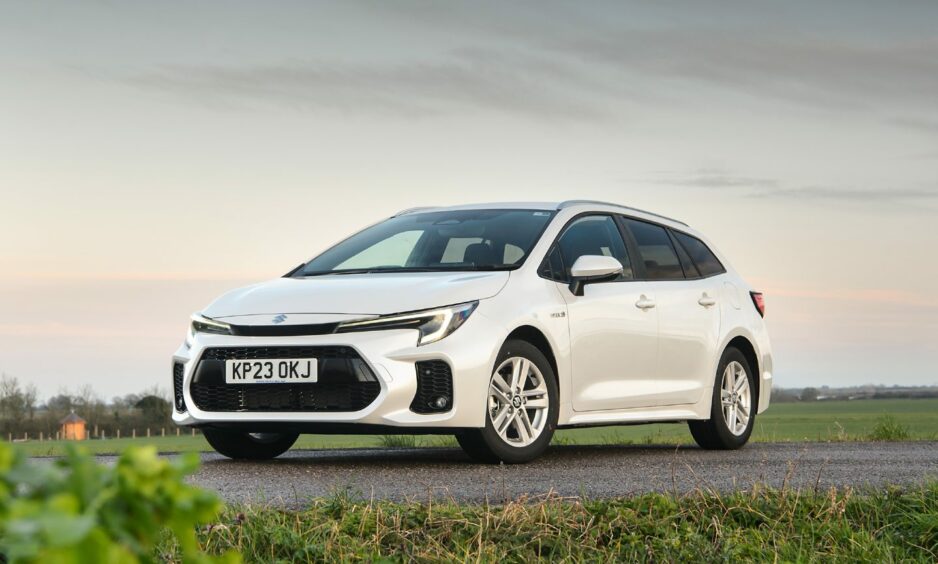
Why would some people pay as much as a £100,000 for a Range Rover when they could have a fully-equipped and just-about-as-capable Korean or Japanese 4×4 for half that?
Or how important is it to have the four rings on your Audi when the equivalent Skoda is almost the same under the surface and you could have a couple of luxury weeks in the Caribbean with the money you’d save?
New customer base for Suzuki
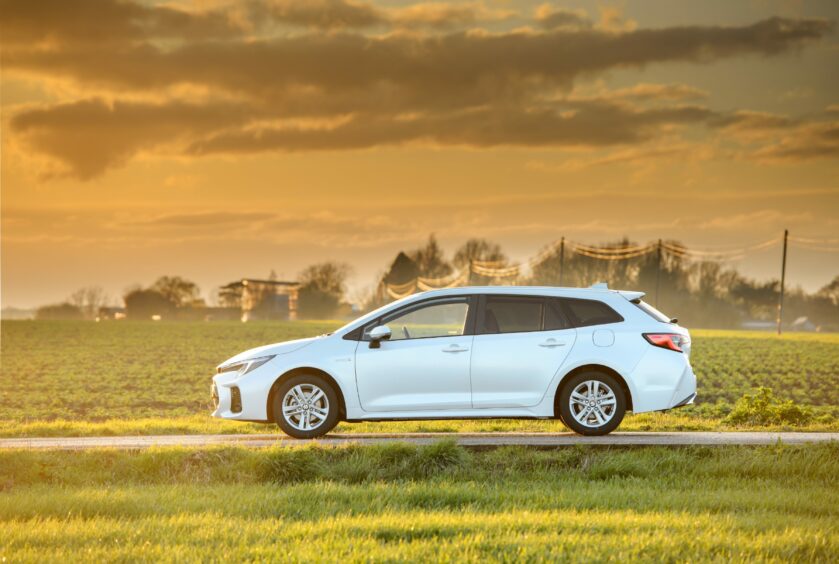
It’s a question I grappled with behind the wheel of the latest Swace estate car from Suzuki. Apart from its name – according to some sources it’s a combination of swagger and grace – Suzuki’s venture into the estate segment is an interesting machine.
It first arrived here almost three years ago and has opened up the brand to a new group of customers who probably wouldn’t have found anything suitable in the Suzuki range.
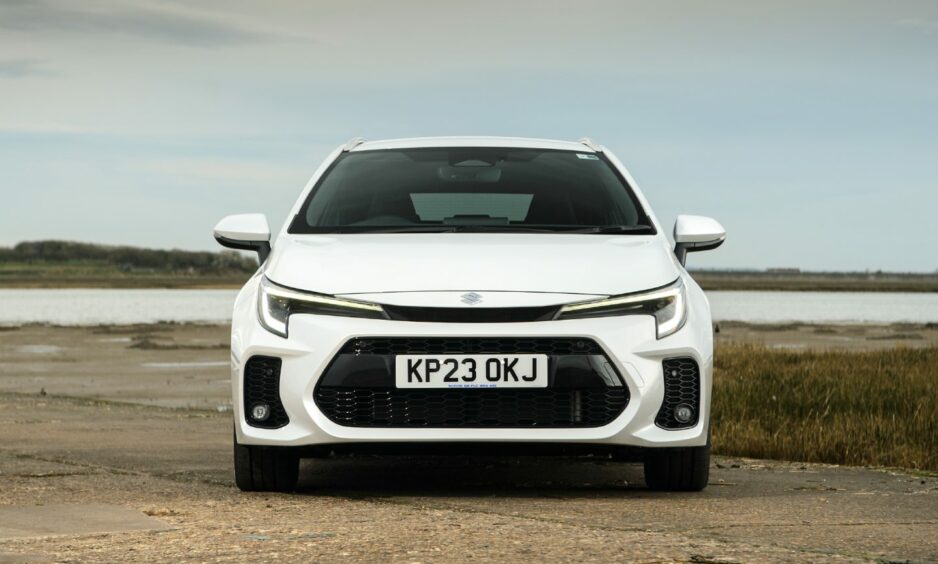
If it looks familiar that’s because, apart from the badges and a few minor bits of body styling, it is a Toyota Corolla built in the same factory at Burnaston in Derbyshire.
One area where Suzuki prides itself is on customer service
It’s the result of what’s called a collaborative agreement between the two brands from which they both benefit. Suzuki gets to share Toyota’s engineering expertise, especially in hybrid technology without incurring development costs, while Toyota can tap into Suzuki’s reach into export and developing markets such as India and Africa.

About 2,000 of the Suzuki version will take to UK roads each year, just a proportion of the output of the best-selling Corolla. So why would someone buy a Suzuki rather than a Toyota when the latest version is virtually the same car?
For a start, the Suzuki is about £2,300 cheaper for the equivalent specification but there are slight differences in the length and detail of the warranty.
As they are put together in the same factory by the same robots and human workforce you can be sure of consistent build quality whatever the badge, but one area where Suzuki prides itself is on customer service.
Livelier performance
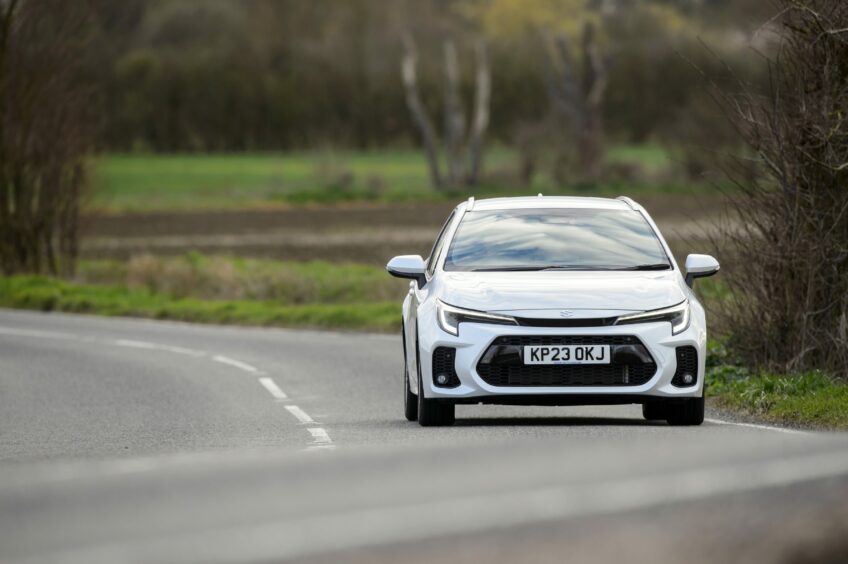
For the sixth year running, they’ve come top automotive brand in an independent survey of 260 organisations across a range of industries. The nearest car company, Skoda, was 17 places behind.
According to Suzuki’s British bosses it’s all about trust in the product, the dealers and customer service, and it seems to be paying off as owners are a loyal bunch who keep returning again and again.
The latest version of the Swace is going to appeal with significant changes to the engine and hybrid electric system to bring livelier performance, two seconds faster to 62 mph, without a drop in economy or an increase in emissions. The electric motor power has been increased and that has brought a higher level of torque.
More standard tech
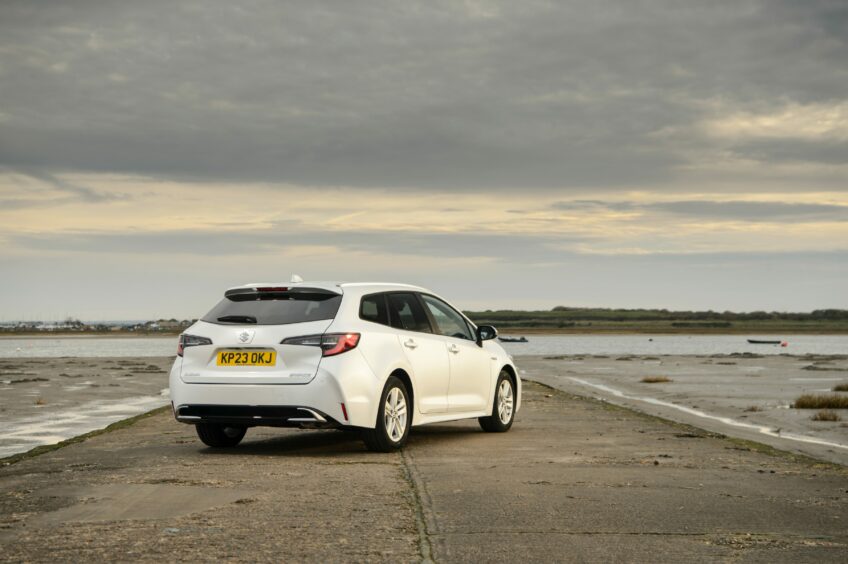
There have been a few tweaks to the exterior along with the latest LED lighting, and the two model grades, Motion and Ultra, have more technology as standard and extra safety features such as Safe Exit Assist which triggers a warning if a door is about to be opened into the path of a vehicle or cyclist approaching from behind.
The newly-developed Emergency Driving Stop System works with Lane Departure to monitor the driver and bring the car to a halt if it detects they are becoming inattentive, such as falling asleep.
The car is the same so it’s just down to the badge you want on the front
The Pre-Collision System has been improved to detect motorbikes and prevents collisions with other vehicles or pedestrians by monitoring the road ahead with radar and a camera.
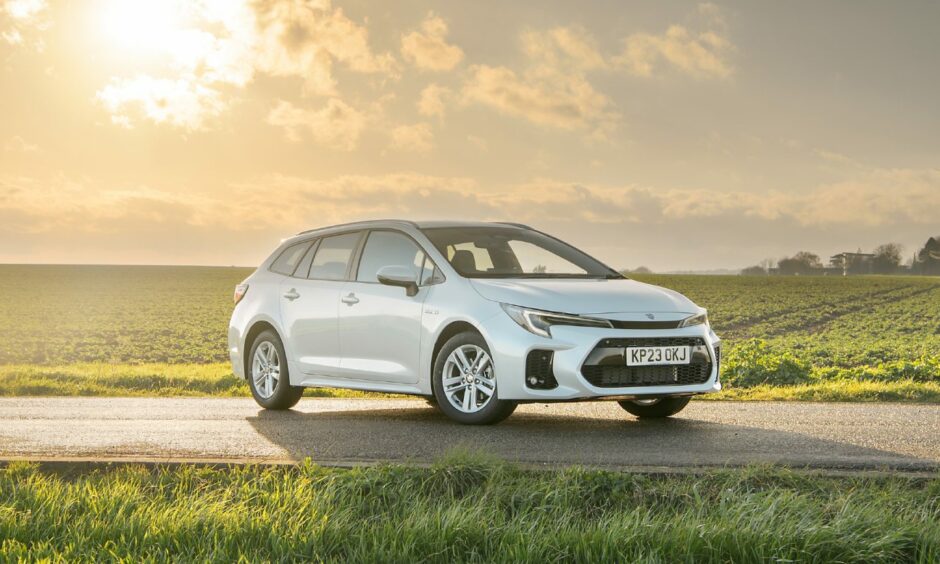
On the road, the featured Ultra grade test car felt lively, especially in the Sport mode, but there’s also the standard Normal and Eco settings or EV which uses only electric power if there’s enough capacity in the battery.
The CVT transmission can be a little whiney when pushed but I enjoyed how it smoothly progresses with increased speed unlike a normal auto box.
A simple choice
With a low centre of gravity and the hybrid battery under the rear seats, there’s very little body roll and the car felt very stable on a twisty and demanding test route around the English Peak District.

Internally, there’s a higher definition colour 8-inch central display and the 7-inch multi-information dash screen has been upgraded with three modes.
The boot space is generous, if not expansive, and the carpeted floor can be lowered for taller luggage. It is also reversible with a resin underside if you’re throwing in wet or muddy boots.
So the choice is pretty simple. The car is the same so it’s just down to the badge you want on the front or the boot lid and more than £2,000 to spare.
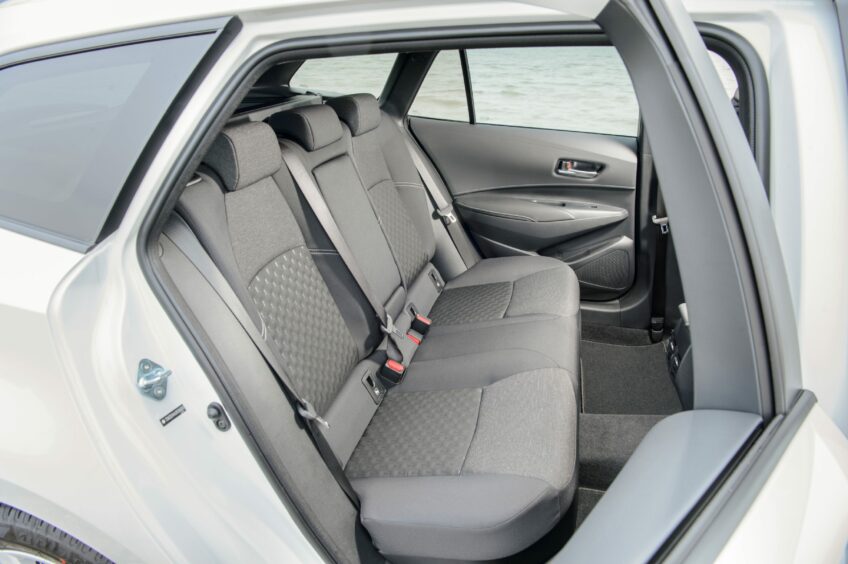
The Facts
Model: Suzuki Swace Ultra 1.8 Full Hybrid CVT
Price: £30,799 (£31,399 as tested)
0-62mph: 9.4 secs
Top speed: 112mph
Economy: 62mpg combined
CO2 emissions: 103g/km
Gallery
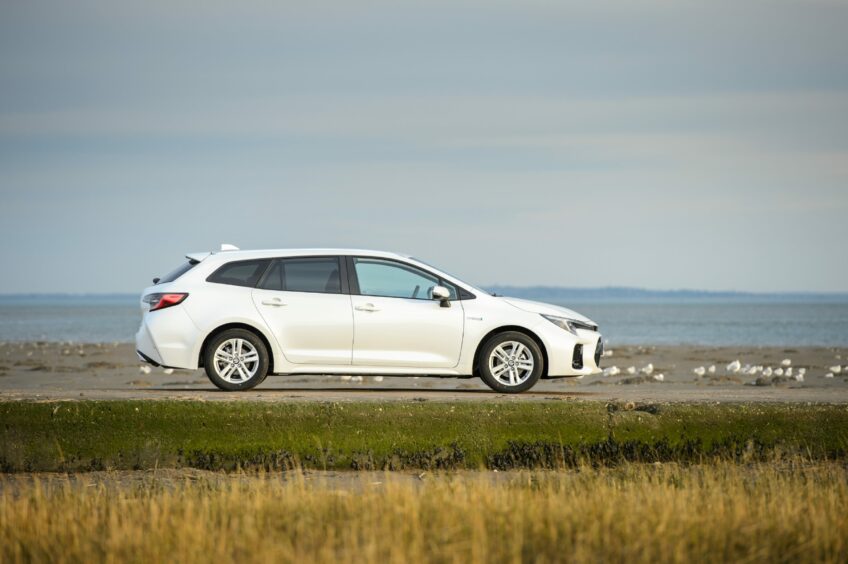
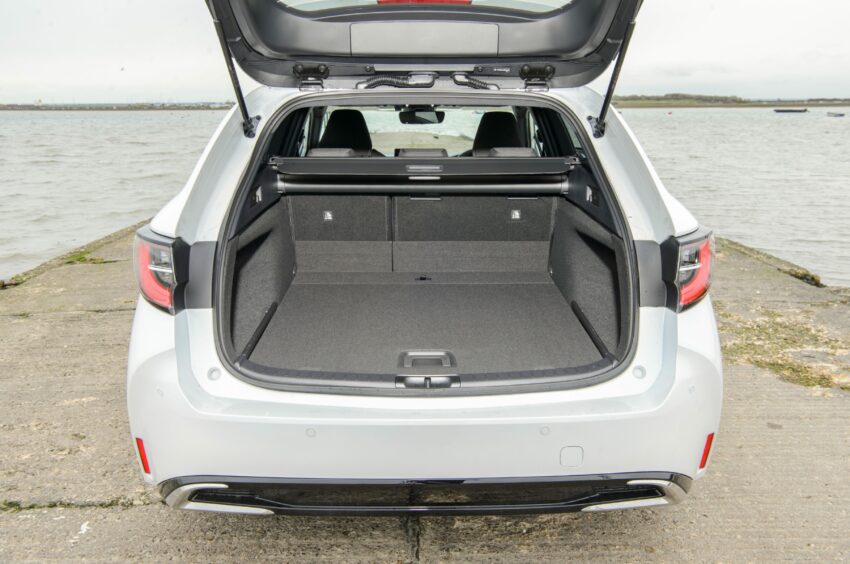
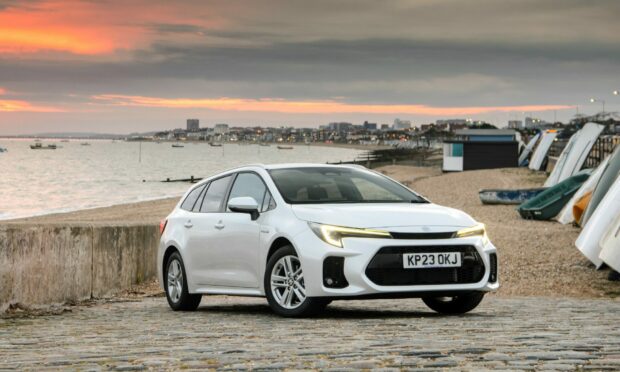
Conversation